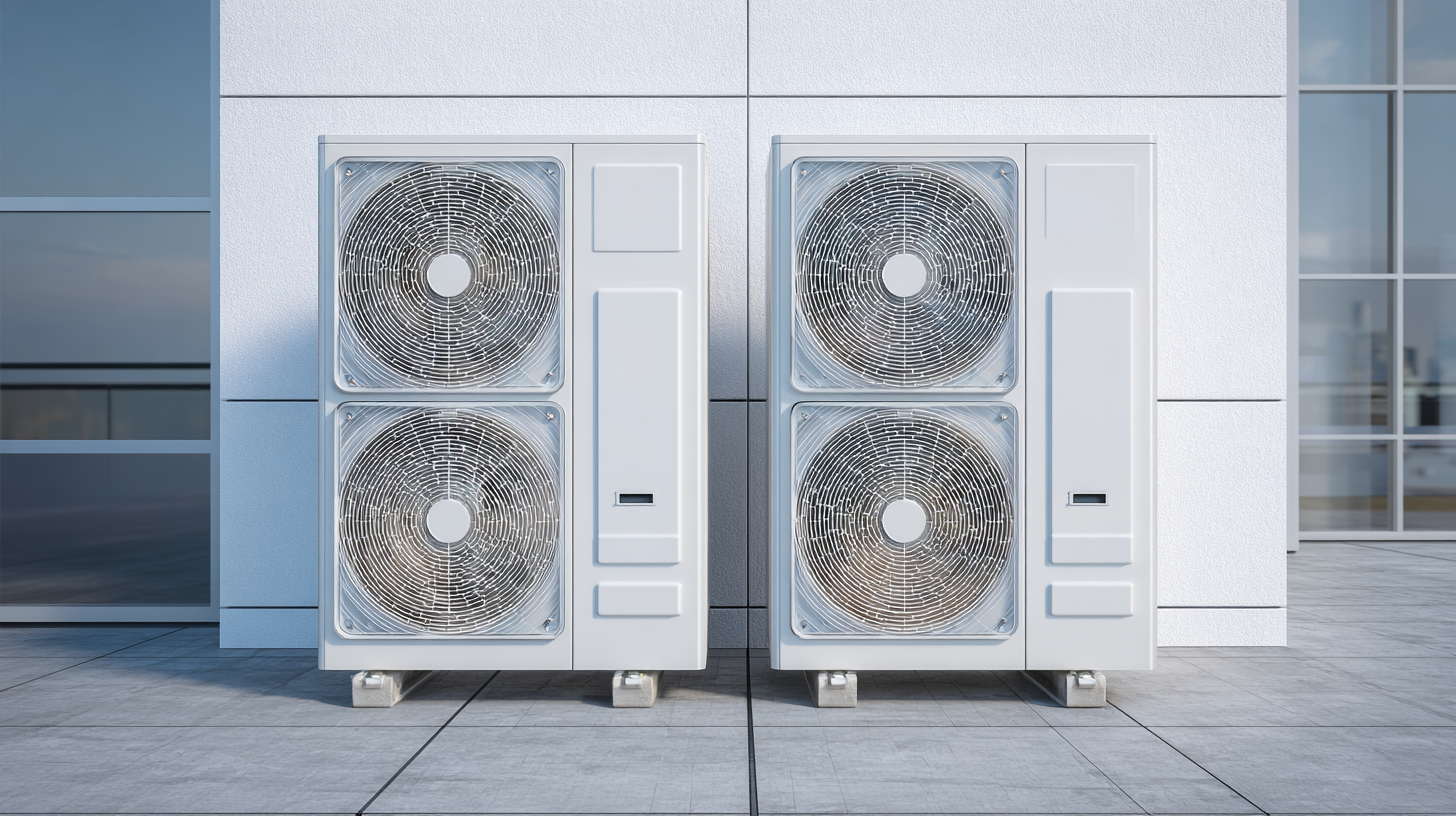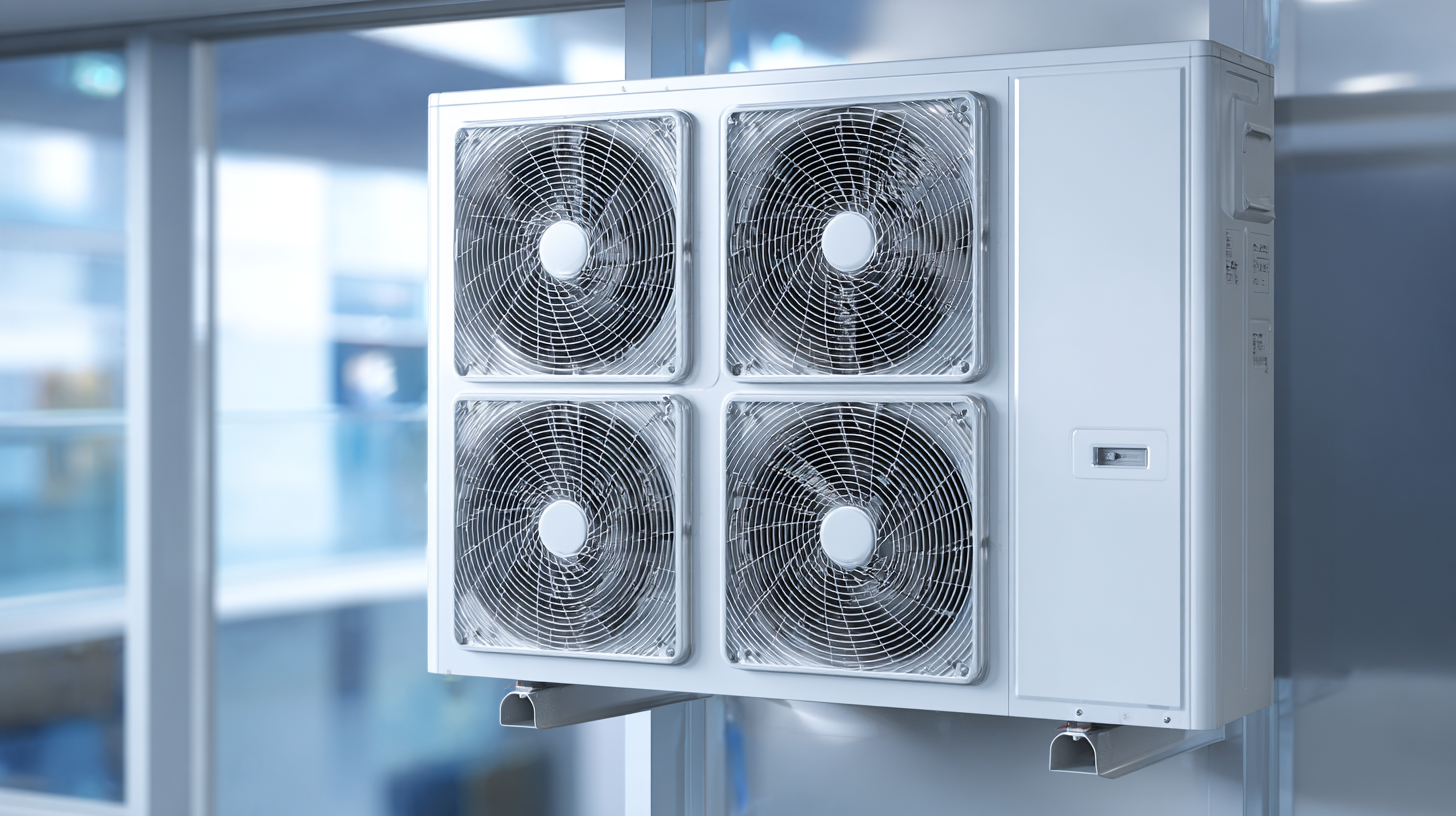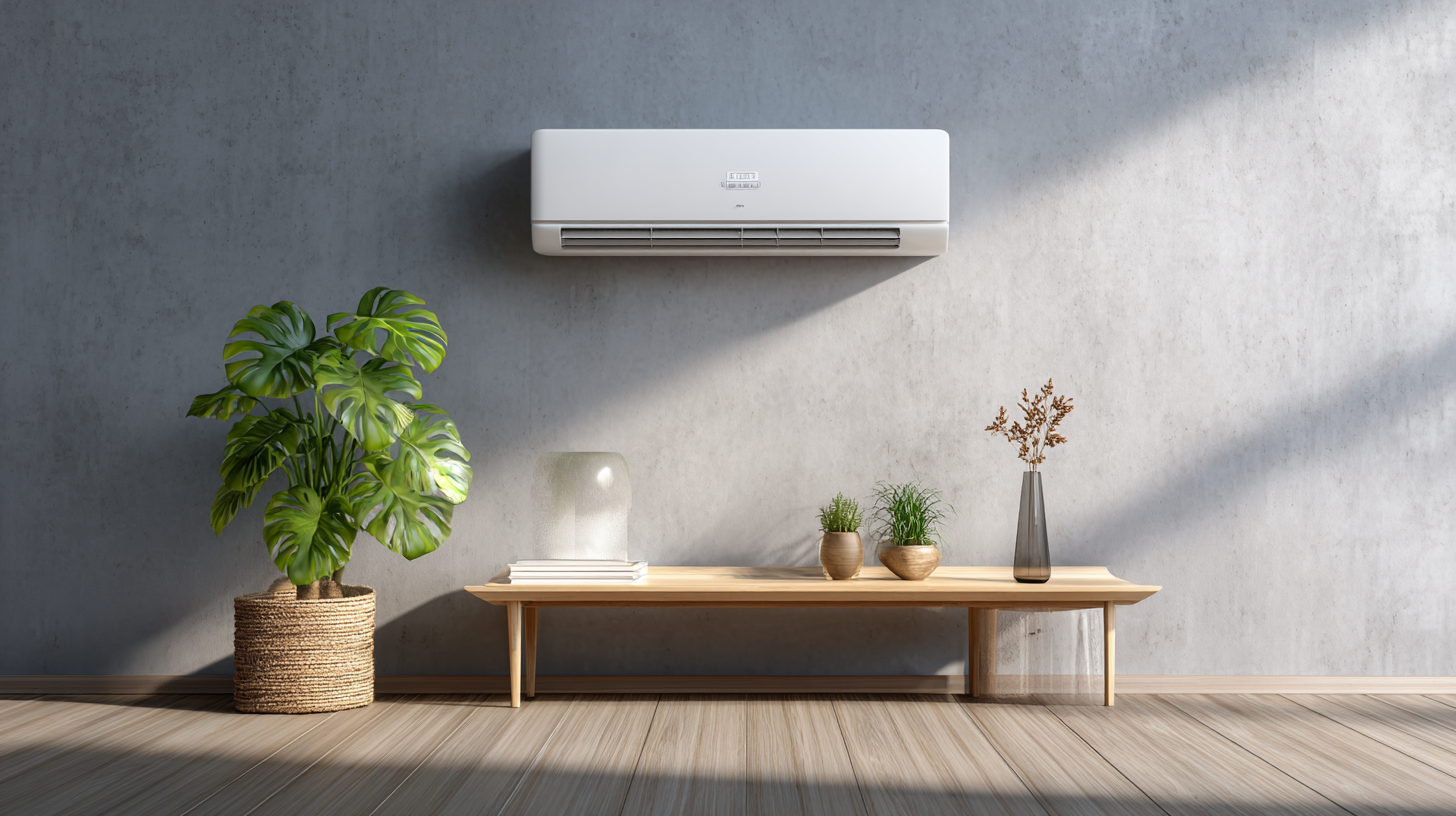Leave Your Message
As we look towards 2025, the HVAC industry is on the brink of significant transformation, driven by technological advancements and a heightened focus on energy efficiency. According to a recent report by the International Energy Agency, heat pump technology, particularly the Heatpump Split systems, is projected to account for over 30% of global heating and cooling demand by 2025, highlighting a shift in consumer preferences towards more sustainable solutions.

The rising concerns over climate change and escalating energy costs are prompting both residential and commercial sectors to adopt these innovative systems, especially those manufactured under stringent quality standards like "全球领先制造,中国优质出品". This blog will guide you through the essential criteria for choosing the best Heatpump Split, ensuring optimal efficiency and paving the way for a greener future in HVAC.
When selecting an HVAC heat pump, understanding industry standards is crucial to ensure optimal efficiency and performance. The Department of Energy reports that adhering to established standards can improve energy efficiency by up to 30%. These benchmarks not only guide consumers in their choices but also encourage manufacturers to innovate and produce high-quality products that meet stringent efficiency requirements.
One important tip for choosing the right heat pump is to look for units with the highest Seasonal Energy Efficiency Ratio (SEER) and Heating Seasonal Performance Factor (HSPF) ratings. Higher ratings indicate better energy use, leading to lower utility bills in the long run. Additionally, ensure that the product complies with the latest ENERGY STAR guidelines, which signify superior efficiency and performance.
Another key aspect is the certification of the HVAC contractor performing the installation. According to the Air Conditioning Contractors of America (ACCA), properly trained technicians can enhance system performance by as much as 20%. Always verify the contractor’s certifications and choose one who follows industry best practices to maximize the effectiveness of your heat pump system.
| Feature | Importance | Efficiency Rating | Industry Standard Compliance | Estimated Lifespan (Years) |
|---|---|---|---|---|
| SEER Rating | High efficiency in cooling | 15-25+ | AHRI Certified | 15 |
| HSPF Rating | Efficiency in heating | 8-12+ | ENERGY STAR Certified | 15 |
| Noise Level | Comfort and noise reduction | Variable | ISO 9001 Compliant | 15-20 |
| Refrigerant Type | Environmental impact | Variable | EPA Approved | 15 |
| Installation Quality | Maximizes efficiency | N/A | N/A | 20 |
When considering a heat pump split system for optimal efficiency in 2025,
it's essential to focus on several key features that can significantly impact performance and energy savings.
First and foremost, look for systems with high Seasonal Energy Efficiency Ratio (SEER) and Heating Seasonal Performance Factor (HSPF) ratings.
These metrics indicate how effectively the system converts energy into heating or cooling.
Higher ratings mean improved efficiency and lower utility bills, making it a crucial factor in your selection process.
Additionally, smart technology integration is becoming increasingly vital as we move into the future.
Heat pumps equipped with Wi-Fi connectivity and smart thermostats allow homeowners to monitor and control their systems remotely, optimizing usage and further enhancing energy efficiency.
Look for models that offer zoning capabilities, enabling different areas of your home to be conditioned independently.
This feature not only improves comfort but also allows for personalized energy consumption, ensuring that you're only heating or cooling spaces that need it.
By focusing on these critical features, you can unlock the full potential of your heat pump split system for years to come.
When selecting a heat pump split system, understanding the efficiency ratings such as SEER (Seasonal Energy Efficiency Ratio) and HSPF (Heating Seasonal Performance Factor) is crucial. SEER measures the cooling efficiency of the system, while HSPF indicates heating efficiency. Higher ratings in both metrics not only reduce energy consumption but also lower utility bills, ensuring optimal performance in different seasons.
Tip 1: When shopping for a new heat pump, aim for a SEER rating of at least 16 and an HSPF rating of 9 or higher. This ensures you’re investing in a system designed for efficiency and longevity, ultimately saving you money in the long run.
Tip 2: Don’t forget to consider your local climate and home size when choosing your heat pump. A system that is too large or too small can lead to poor efficiency and high operating costs. Consulting with a professional can help tailor your selection to meet specific needs.
By focusing on SEER and HSPF ratings, you'll be empowered to make an informed decision that enhances comfort while maintaining energy efficiency.
As we look towards 2025, the HVAC industry is on the brink of a major transformation driven by innovative technologies, particularly in heat pump systems. These advancements not only enhance energy efficiency but also contribute significantly to reducing carbon emissions. Reports indicate that the global heat pump market is expected to grow at a CAGR of over 12% from 2023 to 2030, highlighting the increasing adoption of these systems across various sectors.

Emerging technologies inspired by aerospace, such as those derived from advancements in rocket science, are supercharging the performance of heat pumps. By applying principles such as optimized thermal management and materials engineering, these enhanced heat pumps can achieve energy savings of up to 40% compared to traditional systems. The incorporation of artificial intelligence also plays a crucial role in predictive maintenance and energy consumption optimization.
Tips: When selecting a heat pump, consider the Seasonal Energy Efficiency Ratio (SEER) and the Heating Seasonal Performance Factor (HSPF) as they are critical indicators of efficiency. Additionally, look for units that leverage waste heat recovery technologies, which can further improve overall system performance. Regular maintenance is also essential—clean or replace filters monthly to ensure peak efficiency and longevity of your system.
As we approach 2025, the importance of effective maintenance strategies for HVAC systems cannot be overstated. Data indicates that HVAC systems can lose up to 30% of their efficiency over time due to factors like improper maintenance, system design flaws, and aging equipment. Regular preventative maintenance (PM) is essential for preserving efficiency and prolonging system lifespan. This includes routine inspections, cleaning, and calibrating components to ensure that systems operate at peak performance.
Moreover, advancements in smart HVAC technology present new opportunities for enhancing energy efficiency. Studies show that integrating smart systems can lead to energy savings of 20% or more. For instance, upgrading to advanced controls that monitor usage patterns can provide valuable insights that help optimize HVAC operations in real-time. Furthermore, maintaining proper air quality and ventilation is crucial, especially in commercial buildings, where poor indoor air can contribute to decreased productivity and health issues. Adopting a holistic maintenance approach not only improves energy efficiency but also enhances occupant comfort and reduces the carbon footprint of HVAC systems.

